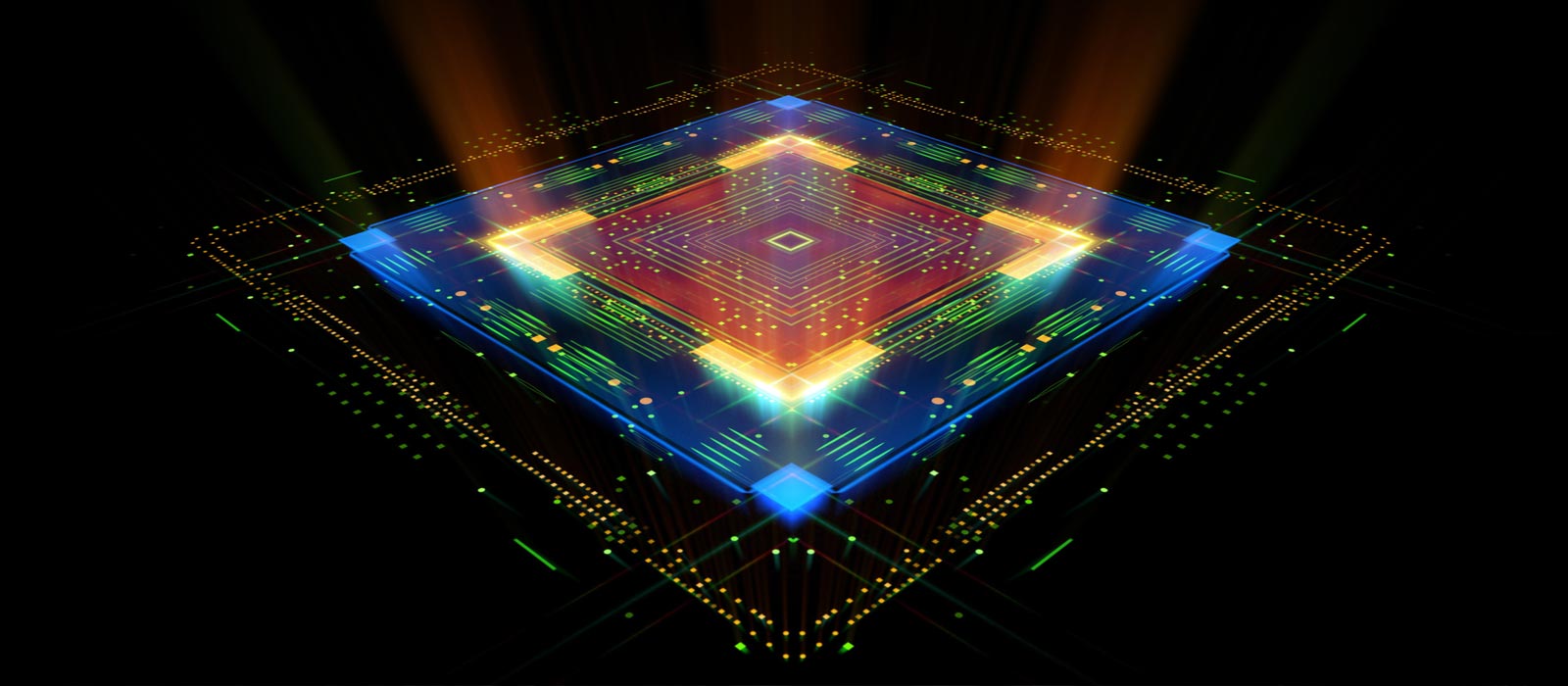
17 Aug MicroAI™ Atom – A New Approach to Microcontroller Monitoring
Microcontroller units (MCUs) are everywhere. Although typically invisible, these units serve as the backbone for many of the smart devices we use every day: keyboards, monitors, auto components, washers, dryers, coffee makers, etc.
As we become more dependent on these smart devices any unexpected downtime can create significant disruption in our daily lives. These service disruptions often lead to costly repair and a loss of confidence in the reliability of those devices.
MicroAI Atom – Innovative Smart Device Management
MicroAI™ Atom provides a game-changing approach to smart device management. Unlike other device-management solutions, MicroAI™ Atom is designed to live and run directly on the device MCU. This cutting-edge approach provides a more reliable and cost-effective method for monitoring the performance of critical assets within an IoT device ecosystem. Specific advantages include the following:
- Quicker and more reliable feedback. Instead of collecting information and sending that data to the cloud, MicroAI™ Atom collects and processes data locally—right at the MCU. This provides users with data straight from the device—in real time.
- Faster adjustments to local conditions. Since Atom lives directly on the MCU it can adjust—in real time—to changing conditions within its environment. This can significantly improve the reliability of the devices within an IoT ecosystem.
- Flexibility and Scalability: MicroAI™ Atom can be applied as a single entity on a single device or scaled to include application to an entire IoT device ecosystem.

MicroAI™ Atom – A Simple Use Case
Let us put this into action. Our use case will be to monitor CPU temperature and to provide an alert to avoid overheating the component. MCU ESP32 will be used in this case. The basic steps of this use case will be as follows:
- Wiring of the MCU with the sensor and configure the MCU for modeling and running.
- Configure an interface to provide connection to a sensor.
- Design the MCU so that if the wire is plugged into GND it will model the artificial intelligence (AI) and if not plugged in it will run the AI engine in real time.
- Connect the MCU to a dashboard that will display real-time data and alerts.
- Train the AI model with normal use of a CPU (modeling time to be 10 minutes).
- Once modeling is complete the wire will be removed from GND and the AI engine will be started—in real time.
- The model will be allowed to run for 5 minutes and then tested to see if the MCU will generate an alert. To introduce abnormal CPU temperature the CPU will be overclocked to max out its processes. The CPU fan will also be turned off.
- Once the abnormal temperature increase is detected by the MCU a real-time alert will be generated on the dashboard.
The above use case is a simplified example of the advantages of using MicroAI™ Atom to monitor the performance of critical assets right at the point of the MCU.

